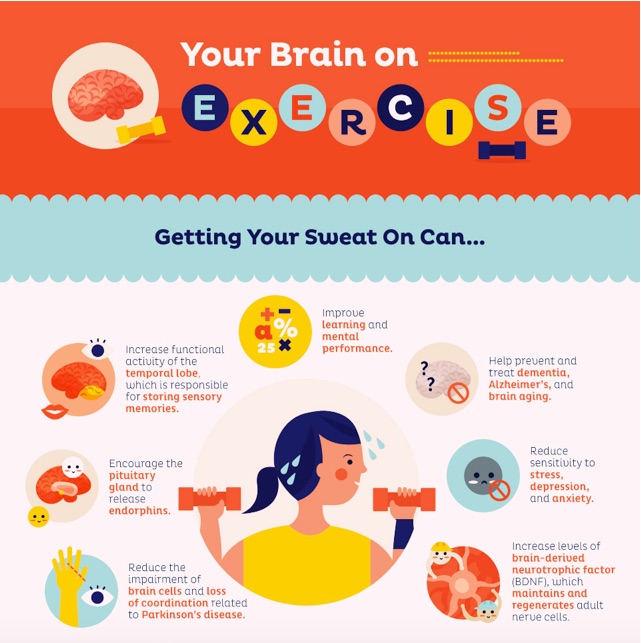“Technology is just a tool. In terms of getting kids working together and motivating them, the teacher is most important.”
Bill Gates
When it comes to PE and IT one of the comments PhysEd teachers often hear is – it must be hard transferring this technology into Physical Education. The reality is, it comes down to the PhysEd culture within your school. Before implementing any technology, you must have a strong culture that the tech can support. When creating this culture, it is important to make a distinction between Physical Activity and Physical Education. Each has an important place in the school but often they are compressed together and restricted within the PE subject. When this occurs the strength of a whole school approach is lost.
In this post I will focus on outlining a few apps that can help support a whole school physical activity program. Physical activity programs have an important place during break times. Physical activity not only prepares the brain for learning, it also helps students learn problem solving skills and interpersonal skills. So by using tech to promote and support a whole school physical activity program we are providing students with valuable learning moments outside of the classroom and in turn increasing their chance for success inside of the classroom. Movement helps kids achieve more by keeping them engaged and motivated throughout the day.
 http://gethealthyu.com/brain-benefits-exercise/
http://gethealthyu.com/brain-benefits-exercise/
Physical Activity programs should simply aim to provide students with an opportunity to move, and there is no doubt technology can enhance this. If students are able to move with an elevated heart rate, this is even better as exercising with an elevated heart rate will help improve their overall health. The benefit to learning is the release of endorphins and other stress management hormones that allow students to be ready to learn. The essential physical activity apps that can support a whole school physical activity program are:
#1 – The Daily Mile
The Daily Mile is a social platform that allows users to create and complete physical activity challenges. Although this app is an amazing way to keep track of your physical activity levels, the feature that makes this app stand out from the rest is it provides users with the ability to encourage and inspire one another as they work to achieve their goals. An example of how this app may be used within a physical activity program is to enhance school lunchtime walking clubs.
 http://www.pexels.com
http://www.pexels.com
#2 – Zombies Run
Zombies Run is an ultra-immersive running game and audio adventure. Every run becomes a mission where the student becomes the hero. With immersive audio drama putting the student in the middle of their very own zombie adventure, this app is a bridge between physical activity and video gaming. Recent developments of this app have improved the gaming experience. While students run to the perfect mix of heart-pumping audio drama and pulse-pounding songs from their own playlist, they collect supplies to grow their base back home. This app could be used as a quick recess activity that gets students moving.
#3 – GoNoodle
Although this is not an iOS app, GoNoodle must get a mention. GoNoodle helps teachers get kids moving with short interactive activities that range from dancing to athletics challenges. GoNoodle is designed with K-5 classrooms in mind however there are a range of activities that may be used by year 7-8 students. GoNoodle is often used for in class ‘brain breaks’ but it can be used to support student leaders who run before or after school physical activity programs.
 http://i.vimeocdn.com/video/445032126_1280x720.jpg
http://i.vimeocdn.com/video/445032126_1280x720.jpg
#4 – ReachOut Breathe
ReachOut Breathe helps students reduce the physical symptoms of stress and anxiety by slowing down their breathing and their heart rate with an iOS device. Research shows that slowing your heart rate can increase feelings of calmness in your body. Using simple visuals, ReachOut Breathe helps students to control their breath and measures their heart rate in real-time using the camera in their phone. With the increasing amount of stress in young people’s lives, this is an essential app to include in any physical activity program.
Working in PE and as specialist teachers we realise the importance of time because it is often limited however if we choose to focus not on time but the precise use of time and timing we can make the biggest difference. In this post I have explored a few apps that can increase the precision of activities run during school break times. In my next post I will explore a few apps that can increase our precision within our physical education classes. As always thank you for your time and good luck to anyone leading the way with change I wish you the best.










 IMAGE FROM:
IMAGE FROM: 








